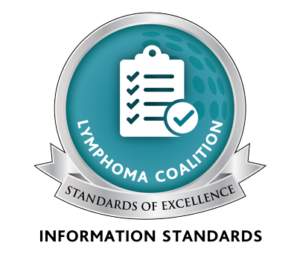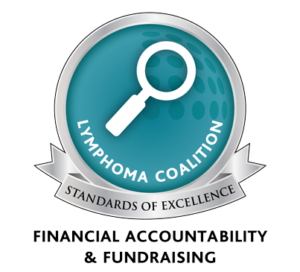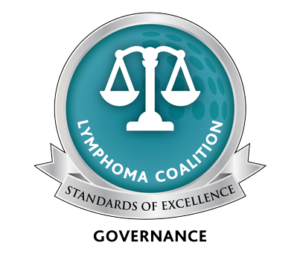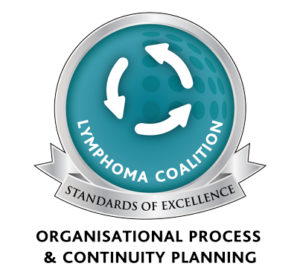Also Called Watchful Waiting
Many patients who are diagnosed with indolent (slow-growing) NHL or CLL have no symptoms or other risk factors that require immediate treatment. These patients are closely monitored using a watchful waiting or watch and wait approach. They have regular visits with their doctor, including laboratory tests and tumour imaging (such as CT scans), but they do not receive treatment unless the cancer progresses or symptoms appear. The reason watchful waiting is used as an approach is because studies have not shown that immediate treatment prolongs survival. And since treatment affects healthy cells as well as the cancer cells, for now experts believe that treatment should be delayed until necessary.
Watchful waiting may initially cause distress to patients as it may seem a risky or passive approach to a serious disease. However, studies have demonstrated that the results are no different between those patients with indolent NHL or CLL who receive treatment immediately and those who wait until treatment is required. The benefit of watchful waiting is that it delays the side effects of cancer therapies, which can often be significant.
The watchful waiting approach does not mean nothing is done, the process is still an active one. Patients are seen regularly by their doctors and are very closely monitored for signs of disease progression. Patients in the watchful waiting category should be observant about the presence of disease symptoms, most notably the presence of B symptoms which may indicate that active treatment should begin. B symptoms include fever, night sweats and unexplained weight loss.
Most watchful waiting patients do go on to need active treatment for their NHL. However, some patients with indolent lymphomas never require treatment. If treatment is required, it typically begins about 18 months after the start of the watchful waiting approach.





